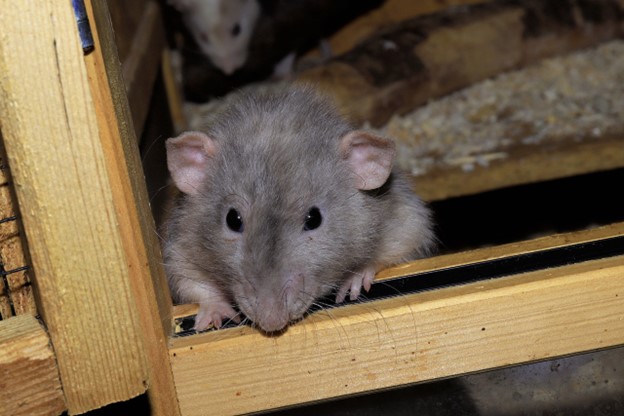Your home is meant to be a sanctuary, but pests like termites, rodents, and carpenter ants can turn that peace into chaos. These tiny invaders might seem insignificant, yet they can cause major damage if not dealt with promptly. Knowing the signs of an infestation and understanding how to prevent these pests can save you both hassle and money. Let’s take a closer look at these three common household pests and learn practical tips to keep them at bay.
1. Termites
Termites may be tiny, but their penchant for causing wood damage is a serious problem. These pests eat wood from the inside out, slowly weakening the structure of your home. Over time, termites can cause sagging floors, cracked walls, and even more severe structural issues if left unchecked. They are particularly attracted to moist environments, making homes with moisture problems more vulnerable.
Some common signs of a termite infestation include mud tubes along foundations, wood that sounds hollow when tapped, and discarded wings near windows or doors. So, what are your options for dealing with them? Well, termites hate dry, well-ventilated spaces, so controlling moisture around your home is key. By fixing leaks, ensuring crawl spaces are well-ventilated, and scheduling regular termite inspections, you create an environment that is less appealing to termites and more secure for your home.
2. Rodents (Mice and Rats)
Rodents might seem harmless, but they can cause big problems. With their sharp teeth, mice and rats can chew through electrical wiring, insulation, and wood, leading to potential fire hazards and structural damage. Besides the physical destruction, rodents can also carry diseases like hantavirus and salmonella, posing health risks to your household.
Signs of a rodent infestation include gnaw marks on furniture or walls, droppings in kitchens or storage areas, and scratching noises within walls or ceilings. The key is recognizing that rodents thrive in environments where they can find food and shelter. That means you should seal gaps or cracks and securely store food in airtight containers to make your home less inviting. Combined with regularly inspecting areas like attics and basements, you can make your home less accessible and less appetizing to these pesky rodents.
3. Carpenter Ants
Carpenter ants are another pest that can cause trouble by tunneling through wood to make their nests. Unlike termites, they don’t eat wood, but their burrowing can still weaken your home’s structure over time, especially in critical load-bearing areas. They often target damp or decaying wood, so homes with water damage (sometimes caused by a leaky roof) are at higher risk.
Signs of carpenter ants include wood shavings near entry points, rustling in the walls, or spotting large black ants indoors. These ants are attracted to moisture and decaying wood, so eliminating these conditions is essential. By fixing leaks, sealing cracks, and removing decaying wood, you can make your home less appealing to them. Regular inspections of less visible areas will also help you catch these pests early on.
Early Detection is Critical
Catching pest problems early is crucial for avoiding extensive damage and costly repairs. Pests often go unnoticed until they’ve already caused serious harm, so regular inspections are essential. You can take action before things escalate by looking for the first signs of trouble, whether it’s unusual sounds, droppings, or wood shavings.
If you notice any of these signs, reaching out to professional pest control services can be invaluable. They can not only handle the immediate issue but also provide guidance on preventing future infestations, ensuring your home stays protected.
Conclusion
Keeping your home safe from pests means staying alert and acting quickly. Early detection and response can prevent serious damage and save you from hefty repair bills. Make regular inspections a habit and don’t hesitate to bring in professionals if you suspect a problem. With the right approach, you can keep your home protected and maintain the comfort and security you deserve.

